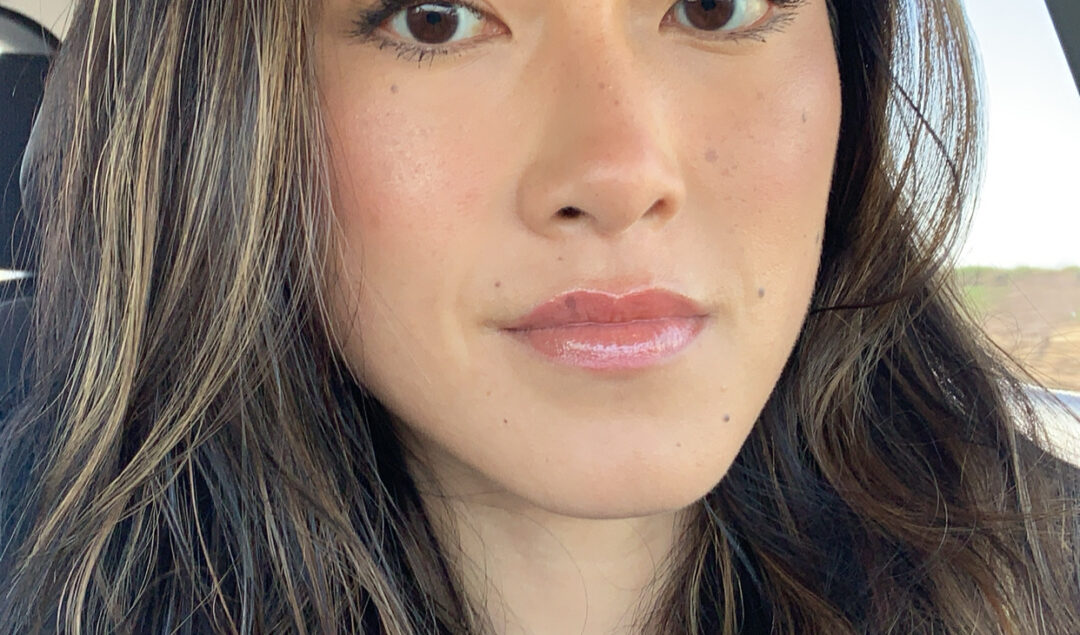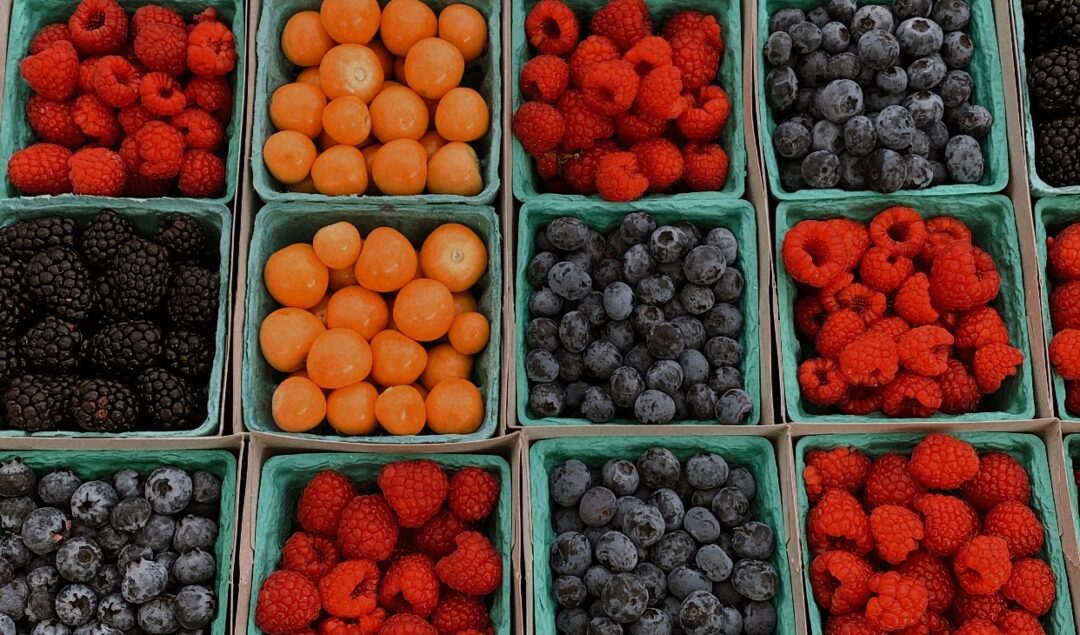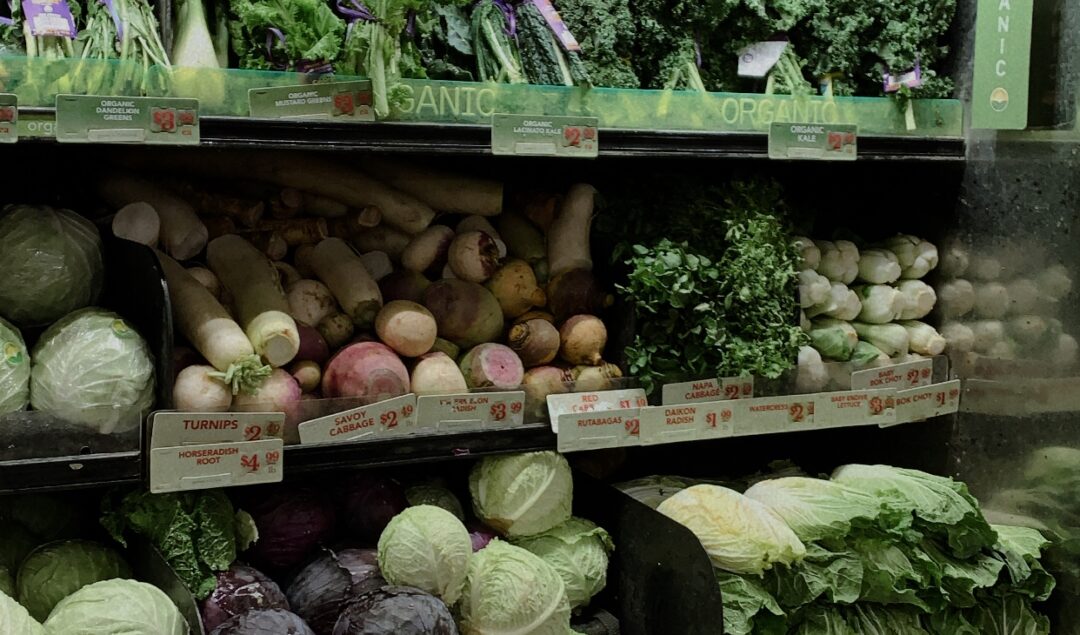We are officially one month into 2021, and I just finished my first round of Whole30! If you asked me a few years ago about Whole30, I would have told you it’s crazy and I’d never do it. I think I actually said something along the lines of, never in a million years. A life without gluten, grains, dairy, sugar, alcohol, legumes didn’t sound like a life worth living. No thank you. Since then, A LOT has changed (duh!). I don’t know if it was a strong desire to cleanse 2020 from my system or what, but for some reason doing Whole30 this year sounded right.
Towards the end of 2020 I started saying yes to anything and everything food and drink related. It was fun and liberating to eat literally anything I wanted. Ice cream after dinner every night? Yes, please. Wine on a weekday? Why not. Between trying all the local restaurants with a habit of over-ordering for the sake of supporting small businesses, and baking up a storm with all of the time spent at home, I felt like my taste buds and hunger cues were completely numb. All of a sudden, a major reset sounded really, really good.
If you’re not familiar with Whole30, it’s an elimination diet for 30 days (hence the name) where you eliminate all added sugar, alcohol, dairy, gluten, grains, legumes, junk food (that includes “healthier” versions of your favorite snacks and treats), and common additives (such as carrageenan, which is common in non dairy milks, MSG, soy, sulfites, and all forms of added sugar and sweetener) . If you’re doing the math in your head and thinking it sounds pretty restrictive, that’s because it is.
My Whole30 Experience
What you CAN eat: all vegetables, fruit (in moderation), seafood, unprocessed meats, nuts and seeds, eggs. Think of it as a more hardcore version of Paleo. If you’re not sure if something is compliant or not, you can quickly find the answer on Google (I did this everyday for the first few weeks).
Soo… why would anyone want to do Whole30?!
Contrary to popular belief, Whole30 is not meant to be a diet. It’s also not a lifestyle – no gluten, dairy, grains, legumes, alcohol, added sugar forever? That’s just crazy restrictive and honestly disordered eating. It’s also no fun – not advocating for drinking alcohol or eating every single meal out, but when you’re on Whole30 it’s practically impossible to have a social life.
After my first round of Whole30, I honestly feel great, and am looking forward to taking a lot of my learnings (and many new favorite recipes!) into my non Whole30 life.
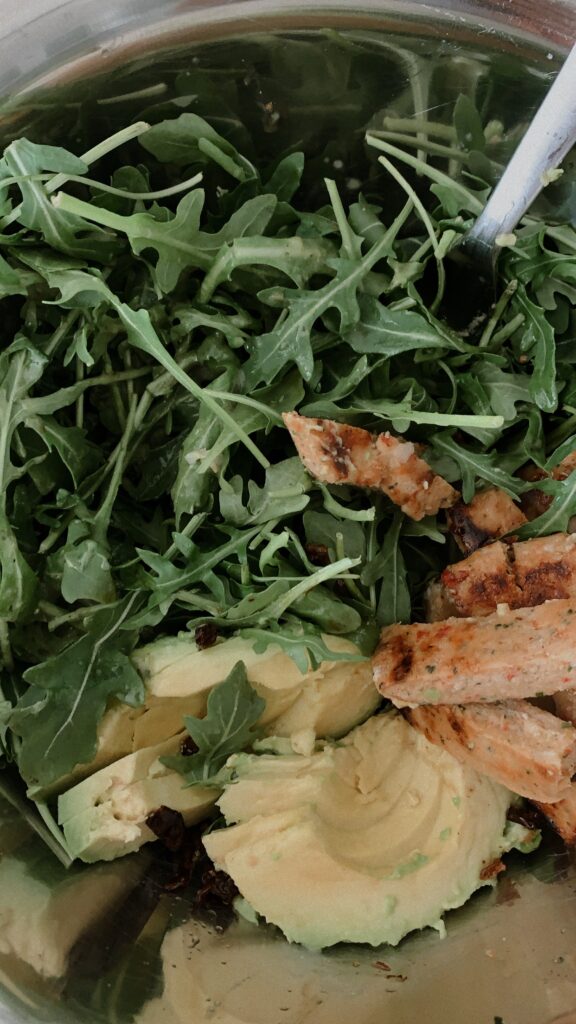
Here are 30 lessons I learned from my first round of Whole30.
1. Sugar is in… literally everything.
You realize this very quickly. Most condiments, sauces, packaged foods contain sugar in some pesky form or another. Reading nutrition labels isn’t enough – sometimes if the amount of sugar is low enough, food companies can get away with saying 0g of sugar on the label. But if you look in the INGREDIENT LIST, you will find it is hiding there. SO SNEAKY. Aside from the usual suspects, look for another ending in “-ose” – a dead giveaway that SUGAR is in the product.
2. Eating out is almost impossible on Whole30.
Yes, there are some Whole30 compliant meals you can get at popular fast food restaurants (technicallyyyy you can go to Chipotle and get the cauliflower rice, and technically you can have In-n-Out protein style burgers, etc.) but you’re really encouraged to eat WHOLE FOODS and cook at home as much as possible. Part of this is because you don’t always know every single ingredient in restaurant cooked food, and most dishes tend to sneak in added sugar, salt, and butter. You’re better off cooking if you can, but life happens sometimes and you need to grab food on the go! Just be prepared to be very annoying towards your waiter if you do eat out. A lot of side salads with no dressing, and proteins grilled without any oil or butter. FUN!
3. Food and alcohol play such an integral role in our social lives.
So much of our lives, professionally and personally, revolve around dining out and drinking. I feel really conflicted on this topic. And after reading Quit Like a Woman this month, I feel like it’s a whole other conversation to have another day. I love going out to eat, trying new restaurants, and having one of my famous spicy skinny margaritas with a girlfriend (I’m very proud of them, if I do say so myself!). I don’t think that will change, but there is something to say about how our society treats people who abstain from alcohol or how your relationships seem to change when you’re not drinking (we’ve done Dry January every year the past few years, and our social calendar always feels very light).
4. You will really re-evaluate your relationship with food.
Whole30 really forced me to rethink my hunger cues and relationship with food. Was I really hungry, or was I just bored? I realized how frequently I was reaching for food over the pandemic for comfort or to cheer me up when I was having a bad day. Not saying there’s anything wrong with that – I’m all for the mindset of “if you want a cookie, have the damn cookie!” But at what point was I not even enjoying the treats, and rather just using them as a soothing mechanism to make up for a bad day?
5. It’s easier to avoid temptation than it is to resist it.
This might seem obvious, but it’s especially true when it comes to food and drink. When something is out of sight, it’s out of mind. If I had cravings at home, they quickly went away when I realized there was nothing in the pantry to satisfy them. No chocolate, baked goods, chips, etc. If I was craving something, chances were I couldn’t have it. Usually I’d have a glass of water and within 20 minutes I’d get distracted with something else. This was not the case when I went to the grocery store. Going to Trader Joe’s was an insane test of willpower. All of my favorite snacks just staring at me. I learned to get in and out of the grocery store as quickly as possible. Run the perimeters where the produce and meats/seafood are, and then GTFO!
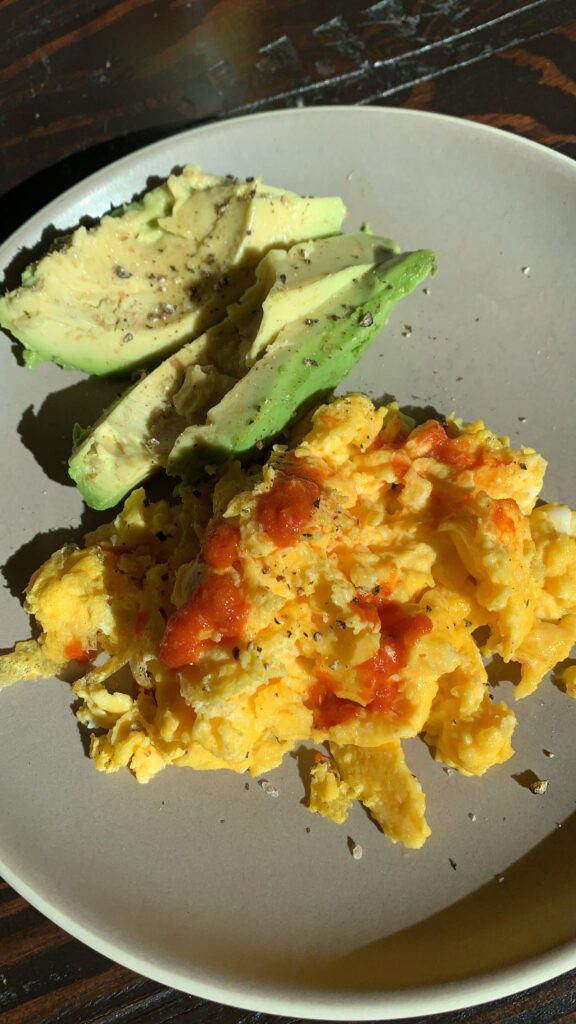
6. Grocery shopping for Whole30 can get expensive quickly.
If you’re used to a paleo or low carb style diet, you probably already know this. A lot of my favorite affordable ingredients – oats, quinoa, rice, beans – were off the table for the month. Pretty much every meal had meat and seafood – which adds up quickly. Eggs and canned tuna are probably your cheapest sources of protein if you’re trying to save. On the other hand, if you’re used to eating out a lot and going for drinks with friends, you’ll probably actually save a lot of money over the course of the month.
7. Preparation is EVERYTHING.
Meal planning and grocery shopping for the week ahead made all the difference in the world. Because we knew we’d be cooking every meal at home for a month, we made sure to spend time over the weekend mapping out meals and buying all the ingredients we’d need for the week ahead.
8. Doing Whole30 with someone helps tremendously.
I did it with my fiancé, and I honestly don’t know if I could have done it alone. Or if I attempted it and he decided not to do it. I’d be so tempted with all of the normal food laying around. It also brought us closer together and was a fun project for the two of us : ). We had a lot of fun cooking new recipes together and running to the farmer’s market for local produce. It honestly was really sweet and special going through this experience together.
9. You might feel awful the first week.
I really didn’t expect this, but it’s pretty well documented online that the first week (or even first 10/11 days) of Whole30 sucks. You might feel groggy, have a headache, extremely cranky, moody, etc. You’d think eating whole foods in their natural state for several days, you’d feel amazing. That comes later. But the first week or two are tough. I definitely think my body was trying to tell me something about all the sugar I consumed in the month of December…
10. You might want to quit in the middle.
A lot of people lose steam. Life happens. They accidentally slip up. Finding support is so important, but if it’s not the right time, it’s okay!!! You can always try again, or you might even decide it’s not for you. Either way, it’s so important to listen to YOUR own body and recognize that everyone’s experience with Whole30 will be so different.
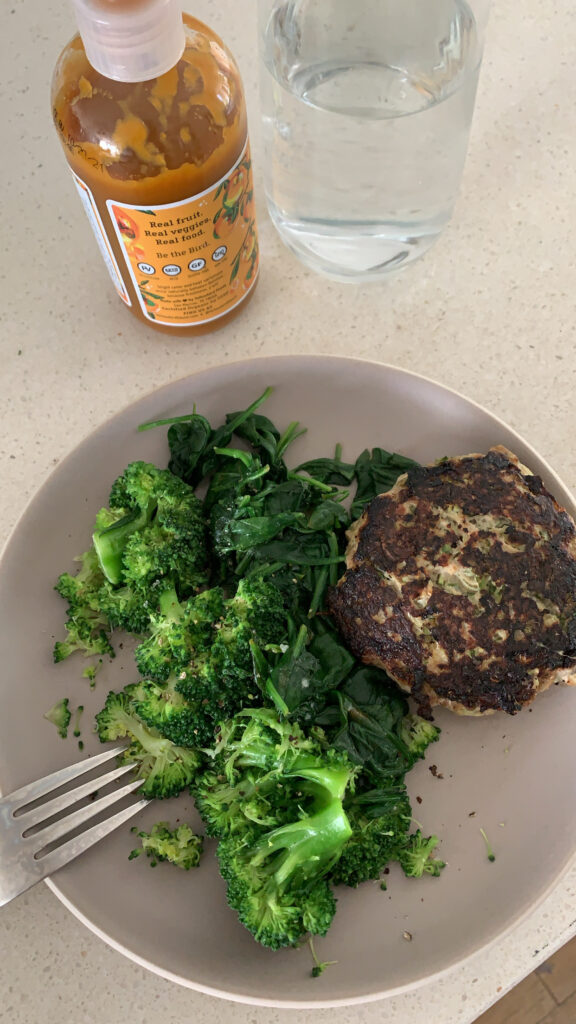
11. Reading labels will become second nature when you’re on Whole30.
At first, this took a long time and I had to do my research before going to the store so I knew which products would be considered Whole30 compliant. We had to completely redo our condiments in the fridge and I changed the brand of almond milk I drink. Now, when I go grocery shopping, I always read ingredient lists to see what’s in a product. I try to choose items with the fewest ingredients possible, and as little sugar as possible.
12. Variety is the spice of life – cooking Whole30 meals for 30 days doesn’t have to be boring!!
We made a point to try new recipes every week and would “treat” ourselves on the weekend with a ~fancy~ meal, like a nice steak from the local butcher shop with potatoes (yes, potatoes are allowed!), or a fish en papillote from the farmer’s market with lots of roasted veggies. What can I say, we love to eat, and make meals that didn’t feel like we were depriving ourselves.
13. With that said, I quickly realized cooking takes a LOT of time.
I’m very lucky that AJ does most of the cooking usually, but during Whole30 I made a point to take a break from work and chip in most nights. It was great quality time as well, but between the prep, actual cooking, eating, and clean up, it was so time consuming. I missed lazy nights when we would order takeout and have nothing to clean up. But it was worth it!!
14. One way to help with the prep and cooking time… make extra!
Leftovers are your friend this month. We’d usually make extra protein for dinner and then throw it over greens for a salad the next day for lunch. Since I normally have meetings for most of the day, this was a lifesaver.
15. You will get creative in the kitchen and find new recipes and hacks that make the month easier.
I’ll share my favorite Whole30 recipes in another post, but we definitely had to find ways to whip up dinner quickly some days. One sheet pan meals are absolutely clutch when life gets crazy, which over the course of 30 days, it definitely will at least once or twice.
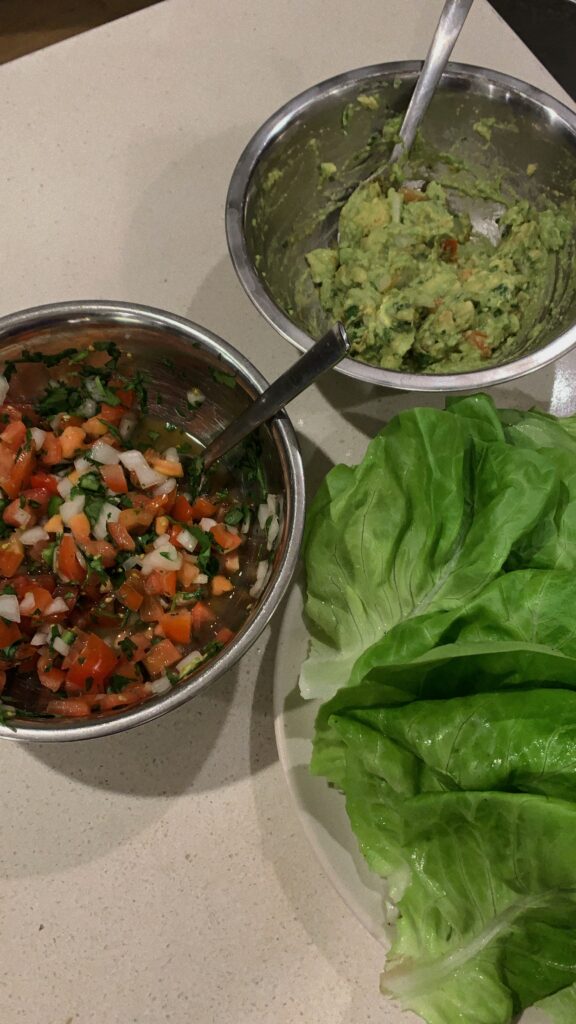
16. Keep staples in the fridge at all times.
This will make your life easier. For AJ, it was carrots, onions, and celery – the base of most recipes (he’s such a chef… ha!). Mine – avocados, sweet potatoes (this girl CANNOT live without carbs), salad greens, eggs, canned tuna, apples, and bananas.
17. Learn to love coconut milk.
A lot of recipes call for it. For Asian recipes it’s a no brainer, but in some of the recipes we tried the taste was overpowering. I’m not the biggest coconut milk fan, so after a while we quickly got tired of it.
18. You will eat a LOT OF MEAT.
I don’t think I’ve ever eaten so much meat consistently. Hello, Asian here… we ate rice every single day of my childhood without fail. Pros – I felt great eating high protein. Cons – my digestion suffered. Also, Whole30 is basically the opposite of being vegetarian/vegan. Apparently there is a Whole30 “vegetarian” reset, but I need to research that more since it appears most of the protein sources available to vegetarians are off limits on Whole30. Halfway through the month, my body was really missing plant based meals.
19. You might feel the mythical “Tiger Blood” on Whole30.
Devout Whole30 fans talk about Tiger Blood, which usually hits halfway through around day 16 or so. The official Whole30 definition of Tiger Blood:
Days 16-27: Tiger Blood. Goodbye cravings, hello Tiger Blood! This must be what everyone is talking about. You’ve hit the downhill slope of your Whole30 and life is beautiful. Your energy is through the roof, you’ve kicked the cravings, you’re experimenting with new, delicious food, and you’ve finally got the time to notice that your clothes fit better, your workouts are stronger, and you are generally more awesome.
They’ve since adjusted this definition – personally, I did realize I had some increased energy, but I wouldn’t go so far as to say I was bouncing around like crazy. However, it was much easier to get out of bed at 6am most mornings : ).
20. You might lose weight, but you also might not.
A lot of people do lose significant amounts of weight on Whole30. Personally, I did not choose to do Whole30 for weight loss. I ate relatively clean prior to trying the diet (with the exception of the last month and a half of 2020… but I blame the pandemic ; )), and I also wasn’t really watching my portions during Whole30. I’d say overall my weight probably stayed the same, but I don’t weigh myself ever. Which is also a rule of Whole30 – no scales!
21. The forums are crazy.
I found myself Googling anything and everything the first two weeks of Whole30 see if certain foods and ingredients were allowed. I’d inadvertently stumble on Whole30 forums, and OMG… they are intense. To say the least. Read at your own peril – but in all seriousness, some people take this diet SO seriously. Even going so far as to say a minor accidental slip up on Day 20 means you have to start the diet all over again. Which I get is a rule of Whole30, but really? It just feels too strict and restrictive, and honestly unnecessary. I also learned about the term “SWYPO” – which is an acronym for sex with your pants on. Aka any food that imitates your favorite non Whole30 compliant foods. More on that below…
22. On that note, there are a lot of rules and competing views on how to do Whole30 properly.
Personally, I don’t believe in being so strict that you’re miserable. Obviously that doesn’t mean you should have a glass of wine or eat chocolate in the middle as that completely defeats the purpose. You should really follow the rules as much as possible. But I read a LOT of back and forth discussions on what was allowed or not on Whole30. A lot of debate around dried fruit, dates, homemade vegetable “chips,” plantain chips, smoothies, and even “banana ice cream.” I missed smoothies the most.
23. For my ladies – that time of the month will be really hard.
This was the hardest week for me. I was so emotional, cranky, constantly hungry, and craving everything. I did allow myself some Larabars, dried mango, and kombucha in moderation to tide me through. But all I wanted was chocolate and junk food.
24. You might accidentally cheat or break rules.
Apparently, you aren’t supposed to have anything that mimics junk food. So I guess based on these super strict rules, I did cheat by making banana ice cream, eating dates when I had crazy sugar cravings, and buying plantain chips once. I wasn’t perfect, but I made a concerted effort to do the best I could. Everything I ate for 30 days was compliant – even if die hard followers might say it was “cheating.”
25. Reintroduction might seem scary.
As the end of the 30 days approached, I felt really great. I felt like I was in a groove, and fueling my body with whole and healthy foods. The idea of reintroducing foods I had avoided for the past 3o days felt scary. I felt so good, I didn’t want to stop Whole30. But according to the founders, reintroduction is a very important part of the process!
26. Reintroduction is equally as important as the 30 days of elimination diet.
Only by reintroducing food groups do you get the full benefit of Whole30. By doing a scheduled and intentional reintroduction, you are able to understand which foods, if any, trigger a negative response in your body. After that, you can decide for yourself if you want to eliminate some groups of food entirely, or just limit them. It’s your definition of food freedom. For example, you may not feel the best after having dairy, but ice cream is one of your most favorite foods. So you might still have it from time to time, but only when it’s absolutely worth it.
27. Finishing was an accomplishment for me.
Again, I never thought I’d do Whole30, and was honestly proud that I was able to finish it. There were definitely times throughout the month I wanted to quit. I definitely had bad days when the last thing I wanted to do was cook dinner or eat some form of chicken with vegetables. But I did it, and personally, I am proud of myself!
28. Whole30 might not be for you… and that’s ok!!!
A lot of people don’t love Whole30. Vegetarians, vegans, and people who dislike overly restrictive diets may not do well with Whole30. It isn’t for everyone! But it was incredibly enlightening and helpful for me. It helped me rethink my relationship with food, get in touch with my hunger cues, learn how to fuel my body the right way, and identify how my body reacts to triggering foods.
29. You’ll take lessons from Whole30 back into your normal diet.
I’m excited to have more flexibility in my diet moving forward, but my goal is to eat “Whole30 style” as much as possible. Ideally 80/20 – I know it gives me energy and keeps me clear headed. I read labels immediately, reach for protein and vegetables first, and know which food groups to limit. However, I’m excited to make smoothies, have oat milk, and an occasional cookie again : ).
30. It will change your relationship with food for the better.
Food freedom for me isn’t about restriction. It isn’t about what foods are allowed and aren’t allowed. Rather, it’s about knowing which foods leave me feeling energized and fueled, and which to choose the majority of the time. Life’s too short to deprive yourself – but making choices where it really counts makes all the difference.
Overall, I had a very positive experience with Whole30. The 30 days were definitely filled with its up and downs, but I would honestly recommend the experience to anyone looking to reset their diet and get in touch with their body. My next post will be on all the details of doing Whole30… how to prepare, what to expect, my favorite recipes, and more! I’m curious, have you ever tried Whole30? If so, what was your experience like?

